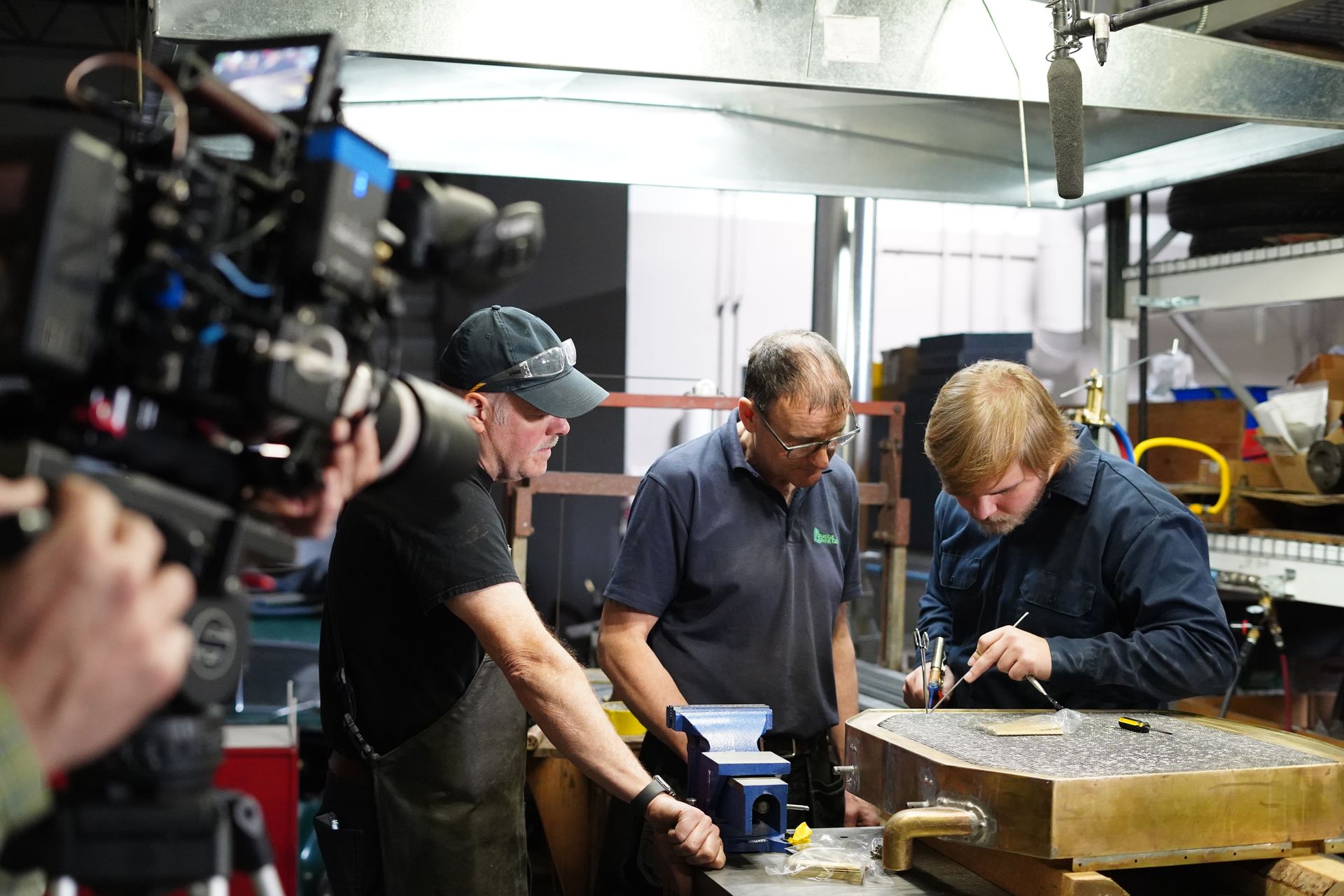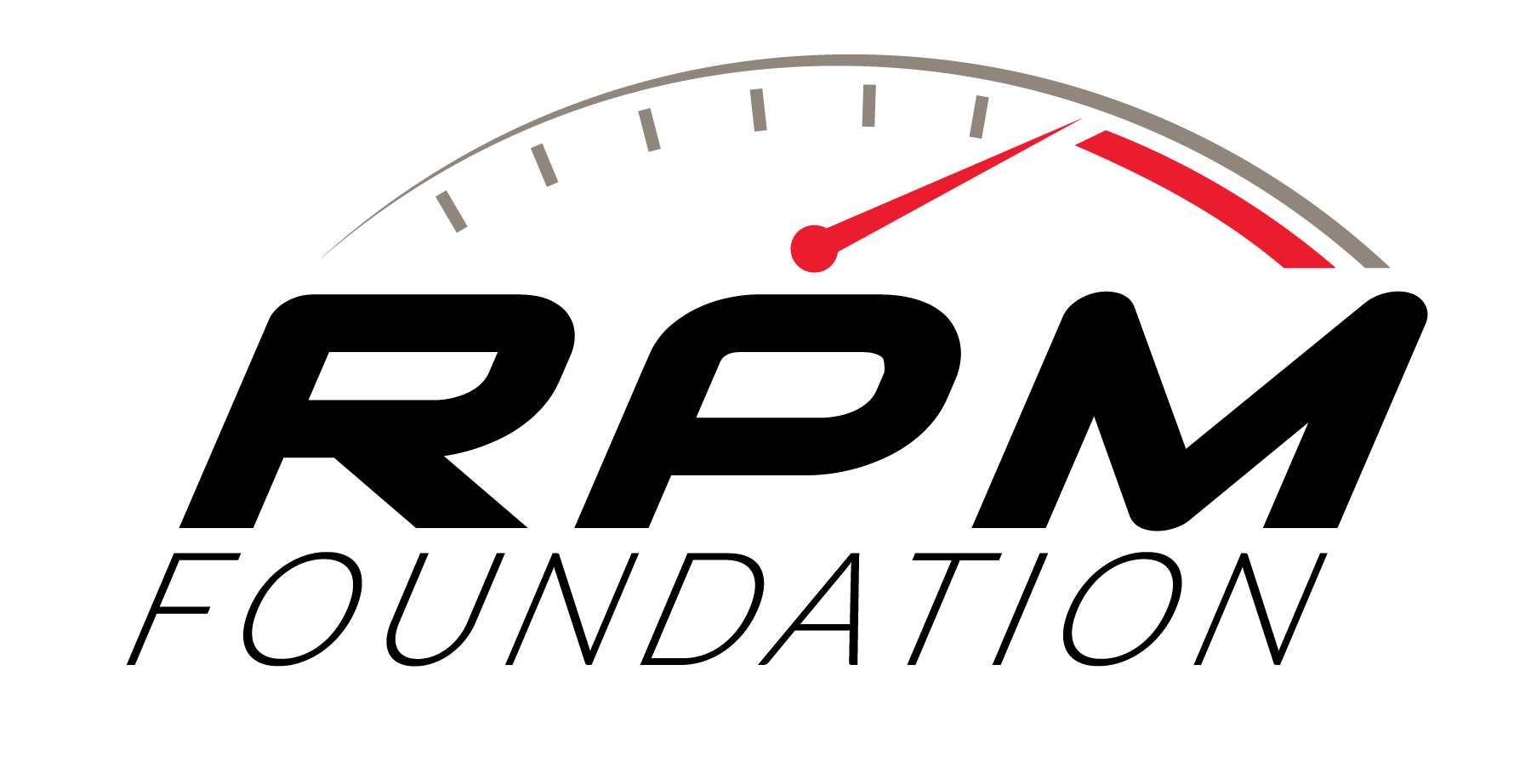Endangered Skills
2026 Craft Ledger
Endangered Skills List
Restoration Theory
Status: Preserved
Expert: Travis LaVine
While not an endangered skill on its own, restoration theory and planning are the backbone of every successful preservation project. A clear intake process and a well-structured master plan help restorers anticipate challenges, set priorities, and ensure that the work to come is both accurate and efficient. To provide a clear outline of restoration planning, we've tapped expert restorer Travis LaVine of LaVine Restorations to demonstrate how thoughtful preparation elevates the entire journey.
By launching the Endangered Skills series with this essential groundwork, we establish the framework upon which all specialized techniques, such as babbitting, chrome plating, and carburetor tuning, ultimately rely. The skill covered in this episode lays the foundation for everything that follows.
Radiator Core-Shell Mating
Status: Preserved
Expert: Robert Smith
Radiator core-and-shell mating is among the rarest and most technically demanding skills in vintage automotive restoration. Because early radiator shells were structural components. not merely decorative, precise alignment, shaping, and joining are essential to both function and authenticity. Few craftspeople in the world still perform this work, and even fewer excel at it.
To save this skill from extinction, Robert Smith of Vintage Car Radiator, one of the foremost experts in the field, visited from the UK to document the process on film at Coachcraft & Precision Services (CPS) in Elk Grove Village, IL. With supporting material provided by CPS technicians David Phillips and Sam Waltermire, this episode also covers related restoration tasks. By showcasing this meticulous craft, we highlight one of the most endangered and indispensable skills required to return early vehicles to their original functioning form.
Multi Carburetor Engine Tuning
Status: Preserved
Expert: Ryan Paturalski
Multi-carburetor tuning is a precision craft that has become increasingly rare. Properly synchronizing multiple carburetors demands an expert grasp of carb function, because when done right, it restores the drivability and authenticity these engines were designed to deliver.
To document this skill, Ryan Paturalski provided an on-camera demonstration utilizing vintage sports cars at LaVine Restorations. Utilizing a clear, methodical approach to diagnosing, balancing, and fine-tuning multi-carb systems, he is helping ensure this skill lives on. From baseline checks and linkage adjustments to reading engine behavior and making incremental corrections, he shows how careful calibration brings all carburetors into perfect sync.
Gauge Rebuilding
Status: Endangered
Expert: Accepting Nominations
Vintage automotive gauges are intricate mechanical instruments, each built with unique movements, materials, and calibration methods that vary from era to era and sometimes from model to model. As technology shifted to electronic clusters, the number of craftspeople capable of rebuilding these mechanical gauges dwindled, leaving only a handful who can restore them to accurate, period-correct operation.
Because replacement parts are scarce. or non-existent, true gauge rebuilding requires both technical precision and historical understanding. Preserving this skill is essential to ensuring that restored vehicles not only function properly but retain the authenticity of their original instrumentation.
Chrome Plating
Status: Endangered
Expert: Accepting Nominations
True show-quality chrome plating is a labor-intensive, multi-stage process involving copper buildup, hand shaping, meticulous polishing, and repeated plating cycles. Modern shortcuts and environmental regulations have pushed many traditional plating shops out of business, and few craftspeople today are trained in the original techniques required for concours-level results.
Without the knowledge of proper preparation, copper restoration, and finishing, irreplaceable parts risk being permanently damaged or lost to inferior processes. Preserving traditional chrome plating is vital for maintaining the integrity, durability, and historical accuracy of early automotive components.
Paint Preservation
Status: Endangered
Expert: Accepting Nominations
As concours culture increasingly celebrates originality, the ability to preserve—not replace—historic paint has become both more important and more endangered. Unlike repainting, preserving aged finishes requires a deep understanding of early paint chemistry, surface stabilization, controlled cleaning, and protective treatments tailored to fragile, decades-old materials. Very few specialists practice this nuanced craft, and even fewer have developed reliable methods to prolong the life of deteriorating finishes without compromising authenticity.
Safeguarding this skill ensures that the historic surfaces of survivor and preservation-class vehicles can be stabilized and honored rather than erased.



